Victoria Tunnel
Victoria Tunnel
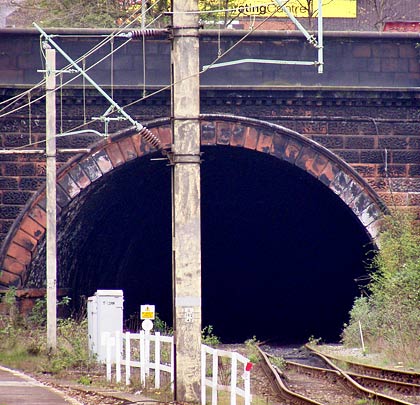
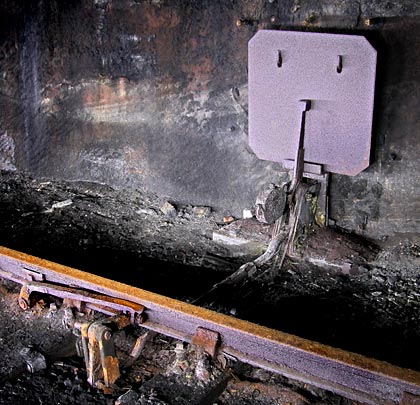
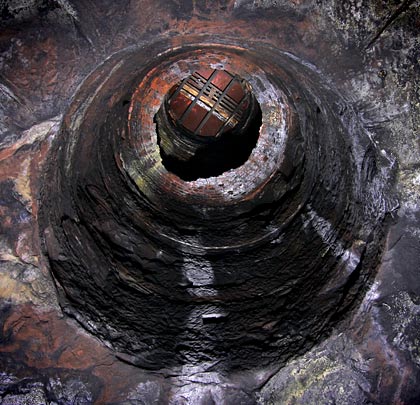
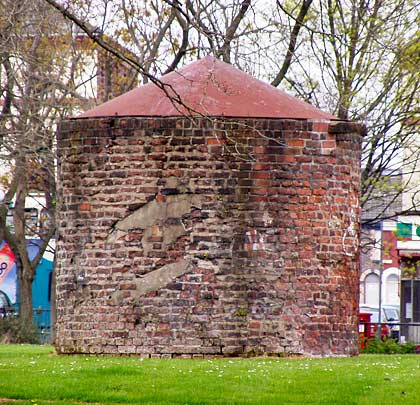
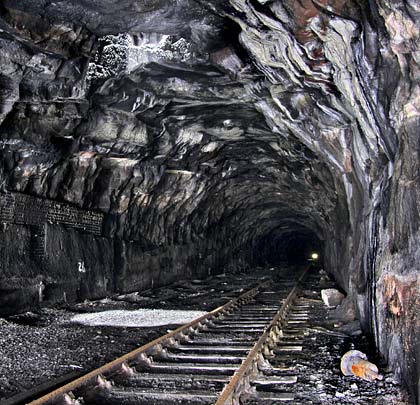
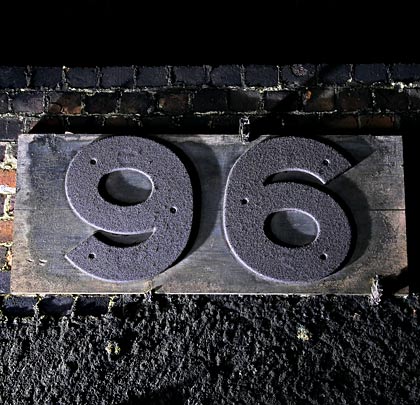
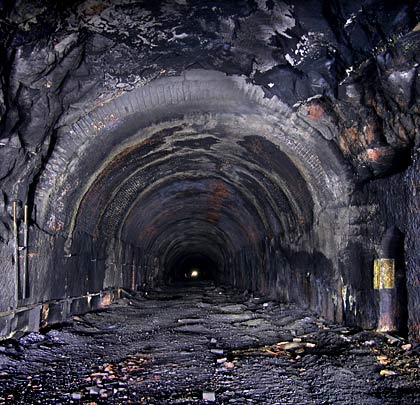
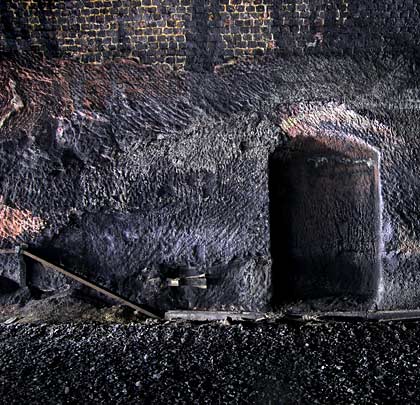
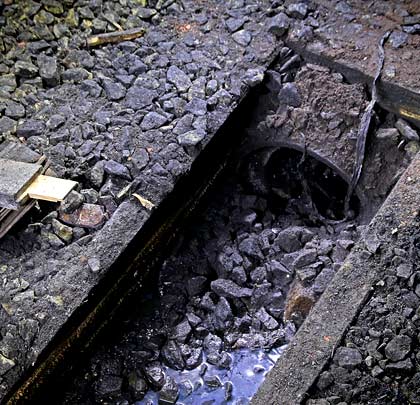
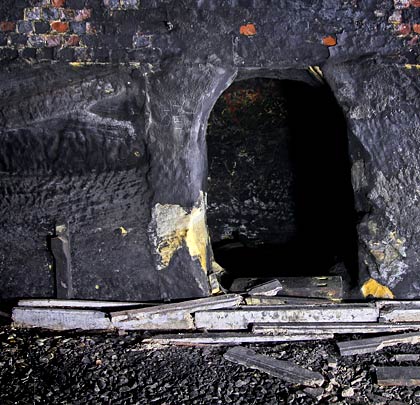
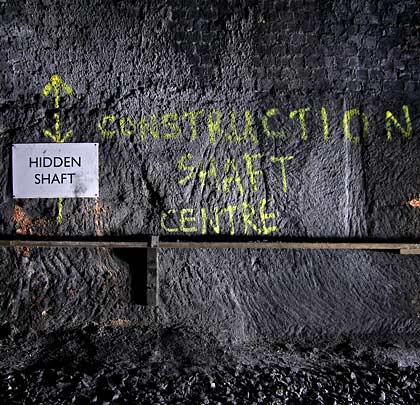
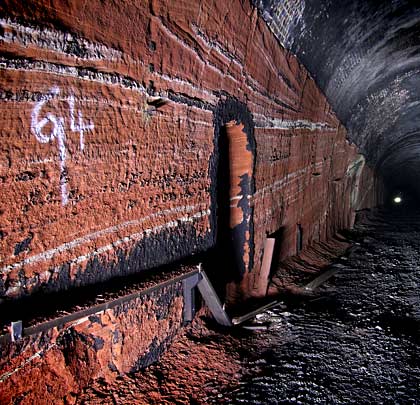
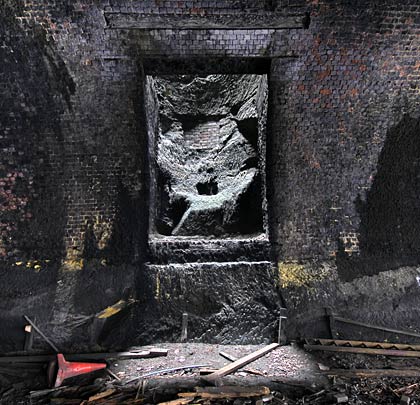
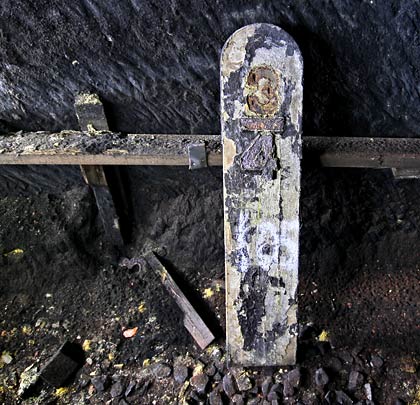
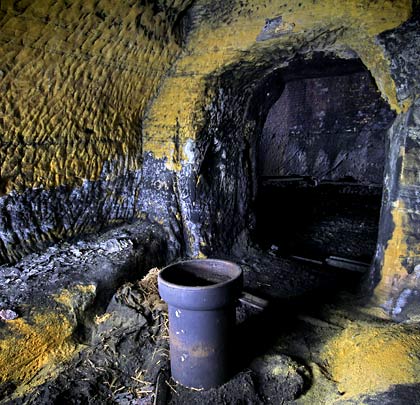
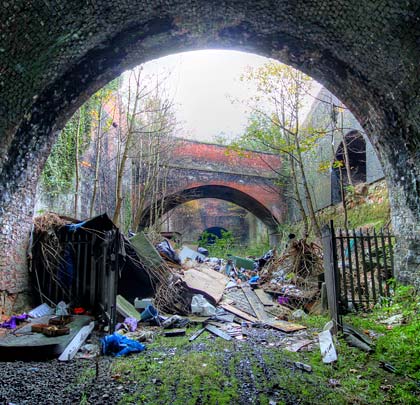
















In 1845 Parliament passed an enabling Act authorising the Liverpool & Manchester Railway (L&MR) to construct a new line from Edge Hill Station to Waterloo Docks. Those powers were vested in the London & North Western Railway (LNWR) by an Act of 1846 following its acquisition of the L&MR.
The two tracks would be pushed beneath Liverpool in a tunnel of just over two miles. On 31st July 1846 LNWR director Henry Booth put its construction out to tender, requiring proposals to be submitted within six weeks. These were reviewed by its Chief Engineer Edward Woods. By this time, the tunnel had already been set out and several of the construction shafts – of which there were at least 13 – were being sunk.
From Byrom Street eastwards the work proved difficult and perilous, labourers driving through treacherous ground and having to support the excavations with the great care. Buildings were demolished between Byrom Street and Fontenoy Street to allow the section to be fully opened out, becoming a box cutting of 69 yards in length where two sidings were laid.
Attempts to drive the tunnel’s remaining portion through clay towards the docks resulted in some houses giving way or being rendered so dangerous that their inhabitants were forced to abandon them at short notice. In April 1848 Edward Kilshaw lodged a claim against the LNWR as a result of damage caused to his soap manufactory on Gascoyne Street. He was compensated to the tune of £126. It was around this time that the LNWR was forced to apply for an extension to its compulsory land purchase powers.
By circumstance or design, the tunnel had become two separate structures – the western part (852 yards) being named Waterloo whilst the longer section eastwards (2,706 yards) earned the title Victoria. By January 1849 the route was almost through and the first goods traffic travelled it in August. But in a final act of defiance, a three-foot section of Victoria Tunnel collapsed in September 1852.
From Waterloo Dock, wagons were taken by locomotive as far as Byrom Street cutting, encountering falling gradients of 1:86 for 217 yards, 1:139 for 400 yards and 1:513 for 251 yards. From there it was a stiff climb all the way to Edge Hill, rising at 1:57 until a point close to the east portal where it eased slightly to 1:72. Approximately 26 feet across, the tunnel could accommodate wagons 9 feet wide and 13 feet 3 inches high at their centre.
The Electric Telegraph Company installed wiring through the tunnel, together with bells, magnets and instruments at either end, allowing workers at Byrom Street to communicate with those at Edge Hill where a brick building housed a stationary engine. This drove a continuous rope, used to haul wagons up the incline. At 6,000 yards in length and weighing 18½ tonnes, it was the largest iron wire rope ever manufactured and its supplier, Messrs P & H J Morton, charged the LNWR £830 for it. But the rope broke on 16th February 1895; thereafter locomotives were used throughout.
But no means of conveyance is absolutely failsafe, particularly on such a severe gradient. On 4th July 1899, a goods train consisting of a tank engine, 23 loaded wagons and a brake van became divided when a coupling between the seventh and eighth wagons fractured. The rear portion ran back into the self-acting runaway catch points at Byrom Street. Two wagons and the van were destroyed when they smashed into the portal of Waterloo Tunnel, killing two of the three men aboard. A train travelling towards the docks collided with the debris and partly derailed.
Having previously been a conduit only for freight, 12th June 1895 saw passenger trains introduced to the tunnel, using it to reach the now-demolished Riverside Station via the Mersey Docks & Harbour Board’s railway. But the terminus entered a steep decline during the 1960s and saw its last services in February 1971. By then, docks traffic had dried up and the tunnel officially closed on 19th November 1972, although a section of the Up line was retained as a headshunt. It is still used occasionally.
Victoria’s east portal features a rusticated arch flanked by buttresses, together with a modillioned cornice and ashlar-coped parapet. It has been Grade II listed since June 1985. The first 200 yards is brick-arched; thereafter the tunnel is unlined (except for occasional patch repairs or supporting brick columns) to just beyond the fourth ventilation shaft, around 1,010 yards in. The headshunt extends about 600 yards into the tunnel. A ground position signal remains in situ, together with an audible warning device on the approach to it.
Five shafts open into the tunnel – these are around 300, 560, 800, 990 and 2,150 yards from the Edge Hill portal. The latter is built into the Down-side wall whilst the others are along the centre line. All reflect the tunnel’s shallow depth and have surface structures of assorted dimensions. At least five hidden shafts exist – approximately 1,350, 1,520, 1,680, 1,900 and 2,420 yards from the east end. One of these is marked by signage. Throughout, large iron chainage markers are attached to the wall at a high level; there are also mileposts in situ.
West of the fourth shaft, a brick arch is added with intermittent vertical brick side walls. Where still exposed the stratum is generally pink sandstone which lies in a north-south ridge through the city. Refuges were fashioned in both walls as well as two bothys on the Down side, providing storage space for track gangs and a place to rest. The larger of these is close to the Byrom Street portal.
A drain runs down the middle of the tunnel but this has collapsed in places, resulting in some standing water. Whilst there are also accumulations of calcite on the brickwork, the structure is generally dry and in reasonable condition. There is however a slight flattening of the arch close to the midpoint; a series of 28 steel brackets has been attached to the crown in this area.
The west entrance forms part of the end wall to Byrom Street cutting. A little over 50 feet wide, this accommodated two running lines and two sidings, as well as having rooms cut into the side walls, presumably used by those marshalling wagons when the incline was rope-worked. Locomotive watering facilities were provided here together with gas lighting, allowing operations to continue around the clock. The cutting – which suffers extensively from fly tipping – is spanned by a single-arch skew bridge, constructed in brick, which formerly carried Hodson Street. A more contemporary building shelters beneath it.
In 1972, as plans were being developed for the Merseyrail network, a proposal was made to use part of the tunnel to create a connection to the low-level Liverpool Central Station. Known as the Edge Hill Spur, it would have created two smaller loops from the city’s Outer Rail Loop, reducing journey times. The project failed due to budget constraints and some local opposition. Attempts were made to revive it in 1985 and again in 2007 by Merseytravel, driven by plans to redevelop the north shore area.
Victoria Tunnel remains in the custody of Network Rail and is subject to its structural maintenance regime.
(Irate’s photos are used under this Creative Commons licence.)








